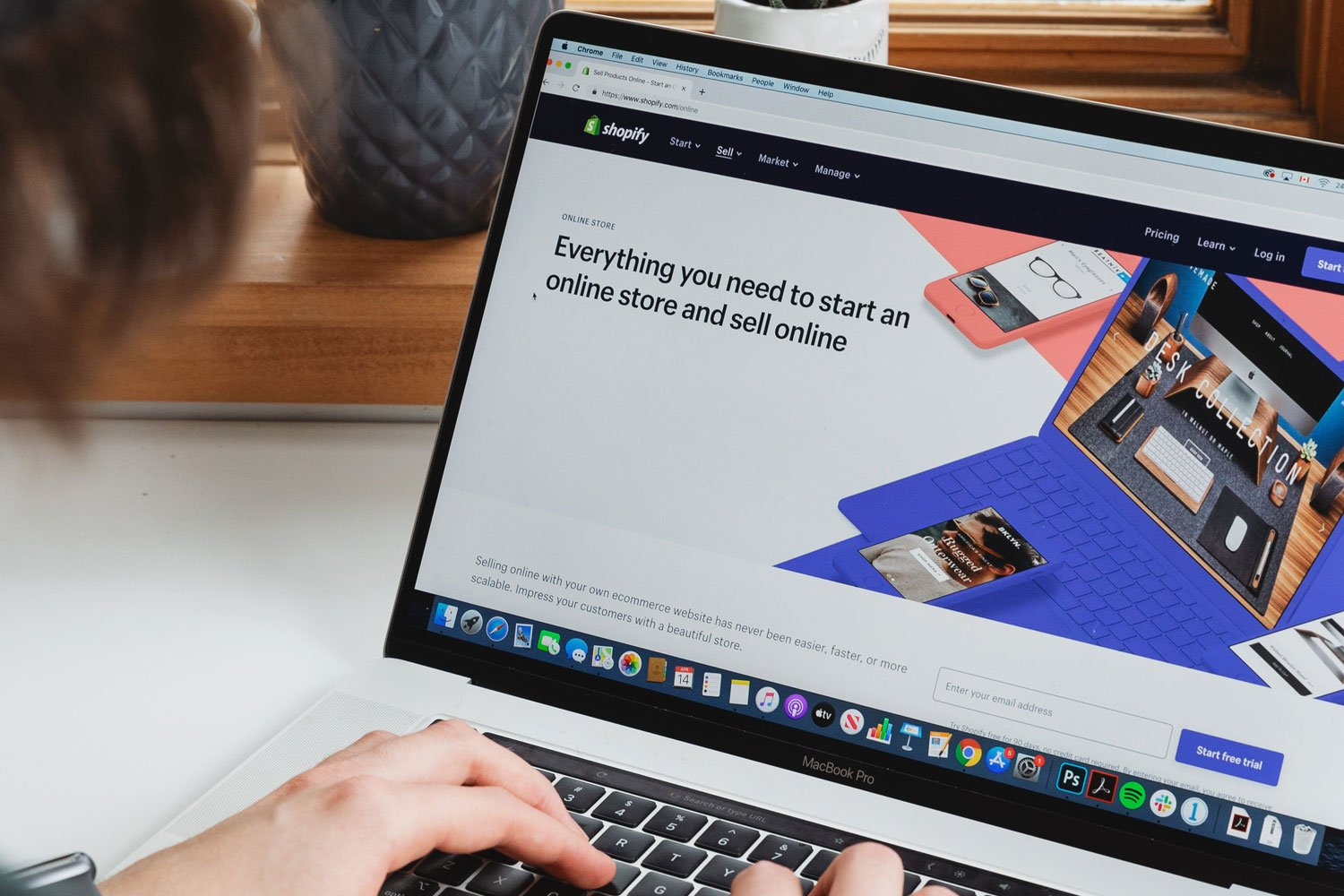If you’re running an online store on Shopify, you’ve likely realized that getting noticed in the vast e-commerce world can be challenging. In 2025, Shopify SEO (Search Engine Optimization) remains one of the most effective strategies to boost your online visibility and attract organic traffic. Whether you’re new to Shopify or looking to refine your SEO strategy, this guide will help you understand the best practices to improve your search rankings, drive traffic, and ultimately increase sales.
1. Optimize Your Shopify Store Structure
A well-organized store structure makes it easier for search engines to crawl your site and for users to find what they’re looking for. Here’s how you can achieve that:
- Use Clean URLs: Keep your URLs simple and descriptive (e.g., “yourstore.com/products/blue-t-shirt”).
- Organize Navigation: Use intuitive menus and categories to enhance user experience.
- Add a Sitemap: Shopify automatically generates a sitemap.xml file, but make sure it’s updated and submitted to Google Search Console.
2. Conduct Comprehensive Keyword Research
Keyword research is the cornerstone of SEO. To rank higher in search results:
- Use Tools Like Google Keyword Planner or Ahrefs: Find keywords that align with your products and audience.
- Focus on Long-Tail Keywords: These are more specific and often have less competition (e.g., “handmade leather wallets” instead of just “wallets”).
- Incorporate Keywords Naturally: Include them in product titles, descriptions, and blog posts without overstuffing.
3. Create High-Quality Content
Engaging, relevant content not only attracts visitors but also keeps them on your site longer.
- Start a Blog: Write about topics that resonate with your audience, such as product tips or industry trends.
- Use Product Descriptions Wisely: Avoid generic descriptions. Instead, highlight the unique benefits of your products.
- Incorporate Visual Content: High-quality images, videos, and infographics make your content more appealing and shareable.
4. Enhance Page Speed
Page speed is critical for both user experience and search rankings. Shopify’s default setup is fast, but there’s always room for improvement:
- Compress Images: Use tools like TinyPNG to reduce image file sizes without compromising quality.
- Limit Apps: Only keep essential apps installed to avoid slowing down your site.
- Leverage Caching: Use Shopify’s built-in caching to speed up page loading times.
5. Optimize for Mobile Users
With the majority of e-commerce traffic coming from mobile devices, your Shopify store must offer a seamless mobile experience:
- Choose a Mobile-Responsive Theme: Shopify provides several themes that adjust to different screen sizes.
- Test Your Site: Use Google’s Mobile-Friendly Test to ensure optimal performance.
- Simplify Navigation: Make it easy for mobile users to browse and check out.
6. Build Backlinks and Improve Domain Authority
Backlinks from reputable websites can significantly boost your SEO rankings:
- Partner with Influencers: Collaborate with influencers to feature your products on their platforms.
- Guest Blogging: Write articles for industry-related blogs and link back to your store.
- Encourage Customer Reviews: Positive reviews on your site and third-party platforms can attract more visitors and build trust.
7. Leverage Shopify’s Built-in SEO Features
Shopify offers several SEO tools that can make optimization easier:
- Edit Meta Titles and Descriptions: Craft compelling meta titles and descriptions for each page to improve click-through rates.
- Use Alt Text for Images: Describe your images with relevant keywords.
- Enable SSL Certificates: Shopify provides free SSL certificates to ensure your site is secure and trustworthy.
At WebOstack, we’re committed to delivering quality and affordable solutions to help your business thrive online. Whether it’s Shopify development or SEO optimization, we’ve got you covered.
Ready to take your Shopify store to the next level? Contact WebOstack today for expert development and SEO services. Click here to get in touch!
FAQs
Q1: Why is SEO important for Shopify stores? A1: SEO helps improve your store’s visibility in search engines, driving more organic traffic and increasing sales.
Q2: How long does it take to see SEO results? A2: It can take 3-6 months to notice significant improvements, but consistent effort yields long-term benefits.
Q3: Are paid SEO tools necessary? A3: Not always. Free tools like Google Analytics and Google Search Console can provide valuable insights, but paid tools can offer advanced features.
Q4: How do I optimize product pages for SEO? A4: Use descriptive titles, unique product descriptions, and high-quality images, and include relevant keywords naturally.
Q5: Can I do Shopify SEO myself? A5: Yes, with some research and effort, you can handle basic SEO tasks. However, hiring experts can save time and maximize results.


